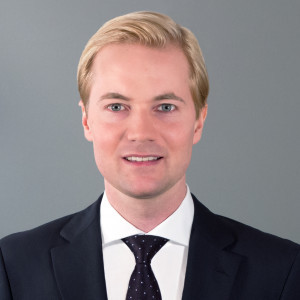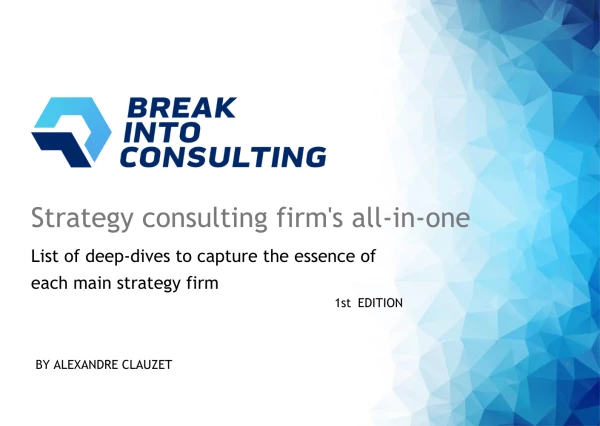Hi everyone,
I'm practicing a BCG case and would like your opinion on two different ways to structure the initial framework.
Prompt: A leading German facility management company (cleaning/repairs) has seen its profit margins drop from 15% to 7%. The CEO wants to enter the fire protection services market to close this profit gap by cross-selling to their large existing customer base. The question is: Should they proceed with this market entry?
Which of these two frameworks would you consider to be the stronger, more "BCG-style" approach, and why?
Approach A: The "Market-First" Framework
- Market Opportunity: Analyze the size, growth, and competitive landscape of the fire protection market.
- Financial Viability: Build a business case, forecasting revenue from cross-selling and analyzing the costs and profitability.
- Strategic Fit & Risks: Assess the company's capabilities and the implementation risks.
Approach B: The "Breakeven-First" Framework
- Business Case / Breakeven: First, calculate the exact profit gap that needs to be closed. Then, determine the required sales volume of fire protection services needed to achieve this.
- Market Feasibility: Size the total market and determine if capturing the required sales volume is a realistic market share, given the competition.
- Strategic Fit & Risks: Assess capabilities and implementation risks.
Essentially, Approach A is a broad strategic analysis, while Approach B is a more focused, "fail-fast" approach that starts with the financial hurdle.
Which one would you choose and why?
Thanks!









